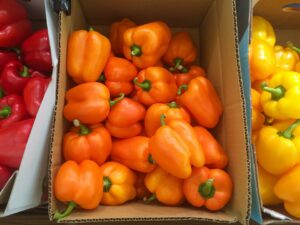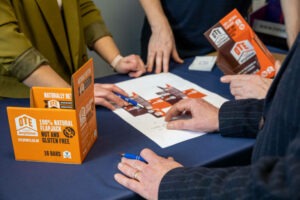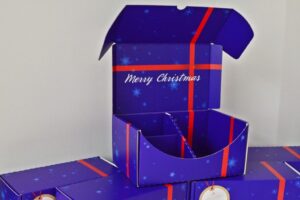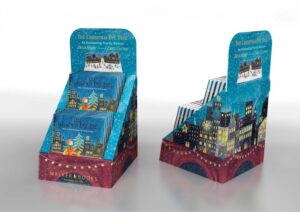The passion for making our planet greener is an outstanding development of our modern world. Simple matters such as not leaving our TVs on standby, switching off lights in our homes, turning off the water intermittently while we brush our teeth, and recycling are just a few common examples that we have all grown accustomed to do in order to sustain our environment. But what if we can do more?
Plastic-Free Stores
In October 2015, the internet was taken by storm when plastic bags were charged at 5p each to reduce wastage. At the time, we found it outrageous to spend money on a plastic bag that we will eventually shove under our kitchen sinks! However, according to The Telegraph, this has led to usage falling by a whopping 80%.
This year, supermarkets are being advised to create a plastic-free aisle in every store in order to prevent waste packaging winding up in the oceans. When interviewed about this matter, Sir David Attenborough claimed that,
“The whole of the ecosystems of the world are built on healthy oceans, and if that part of the planet becomes dysfunctional and goes wrong, the whole of life on the planet will suffer.”
According to a marine conservation charity, more than 300 million tons of plastic products are produced annually, and yet only about 12% is recyclable. The rest is washed into the oceans, where it is highly toxic to sea animals, as said by the Plastic Oceans Foundation. Sea turtles, for instance, feed on jellyfish, and more often than not confuse them with plastic bottles which has caused a high number of their deaths.
As a result, supermarkets are being urged to offer food that is only packaged in biodegradable material. And what could be more biodegradable than cardboard?!
But Why Cardboard?

- Due to cardboard’s flexible nature, various specifications and board strength, it can be used for almost anything in a supermarket aisle – from the standard cardboard packaging and produce trays, instead of plastic ones, to the general construction of an aisle and its shelves, units, signs and fixtures.
- Corrugated cardboard boxes are light in weight and therefore very convenient to handle while packaging, loading and unloading into supermarkets. Cardboard has always been predominantly used for packaging and transiting a large number of goods.
- According to the Carbon Commentary, part of the Guardian Environment Network, the raw materials required to produce cardboard is quite inexpensive, which causes the boxes to be highly affordable. Trees and glue are fundamentally the only raw materials used to produce corrugated cardboard. Since pine trees are quite resilient and fast-growing, it is a favourable raw material resource in corrugated cardboard production.
- Corrugated cardboard boxes prove to have much better printing capabilities compared to plastic. Cardboard has always been heavily relied on for retail marketing, such as POS display units, shelf-ready packaging, and product promotions in stores.
- Corrugated cardboard boxes are easily folded, creased, shaped and designed in any form to fit requirements of retailers. This is a huge advantage because retailers’ needs can be extremely diverse and so should be the packaging solution.
- Most importantly, corrugated cardboard boxes are completely recyclable and biodegradable in nature. According to a graphic published in Fast company, the production process involved in recycling a plastic bottle compared to a cardboard bottle is much less efficient and includes a great deal more steps. Overall, 81% of the cardboard bottle is ultimately recycled, compared to 29% of the plastic bottle.
So, if you’re looking to get ahead of the plastic-free game and spruce up your store with marketing material that is appealing as well as sustainable, then take a tour of our website and discover what Garthwest can offer you.







